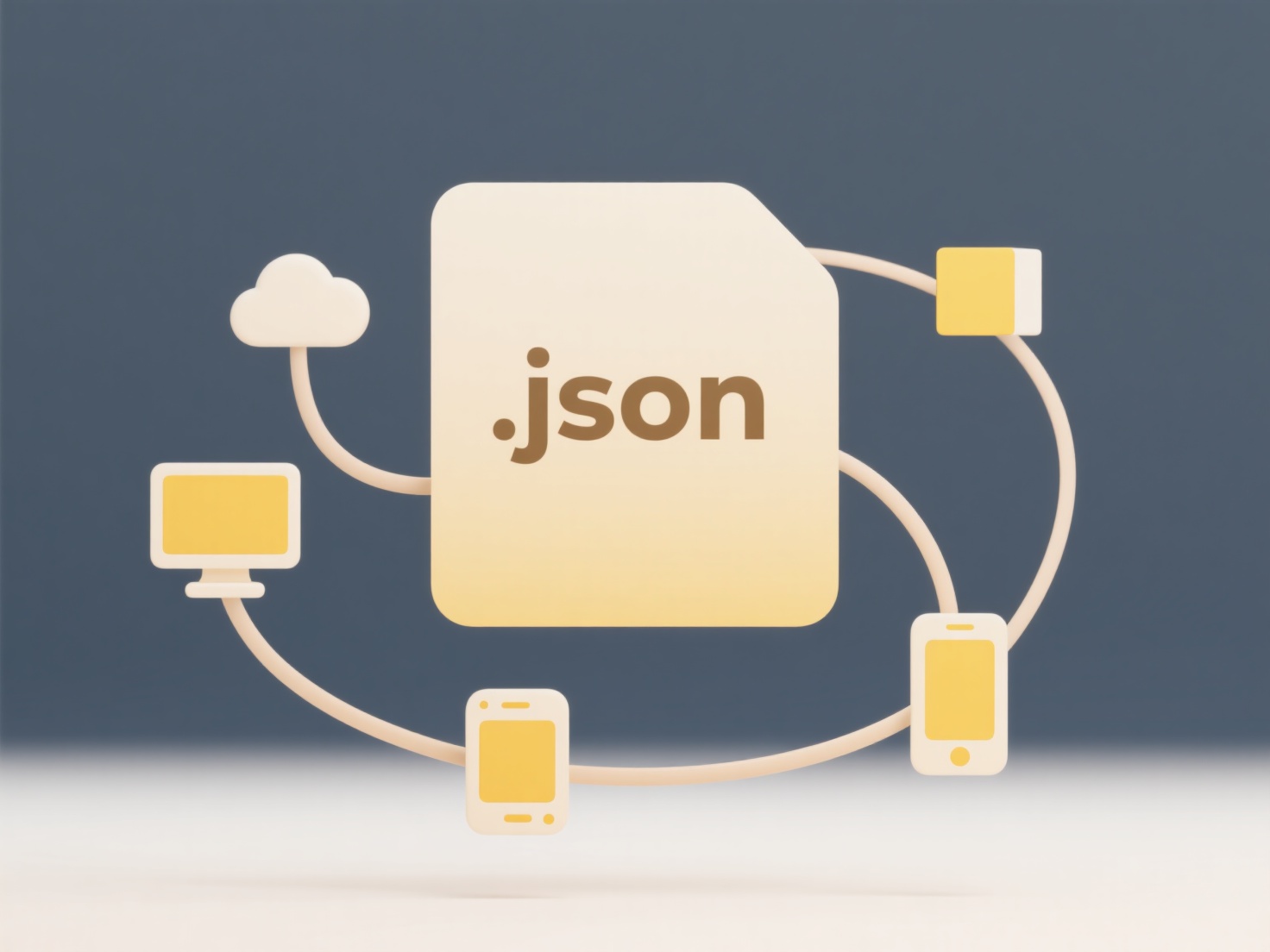
ERP file naming conventions are standardized approaches to labeling documents within Enterprise Resource Planning systems. They establish consistent rules using elements like project codes, dates, and content descriptors to uniquely identify files. This structured approach differs significantly from vague or inconsistent personal naming schemes, ensuring every file within the ERP environment has a clear, traceable purpose.
For instance, an inventory spreadsheet uploaded to the warehouse module might be named "INV_WHS_A_20240517_StockCheck.xlsx", indicating inventory type, warehouse location, action code, date, and content. A purchase invoice PDF scanned into the accounts payable module could follow "AP_SUP_VNDR12345_20240517_INV789.pdf", signifying the module, supplier ID, invoice date, and invoice number. Manufacturing and finance departments heavily rely on such patterns for audit trails.

Adopting these conventions significantly enhances searchability, reporting accuracy, and process automation within the ERP. However, defining and enforcing them requires careful upfront planning and organizational buy-in, as complex rules can be initially cumbersome for users. Clear guidelines and automated naming tools within modern ERPs increasingly help overcome adoption barriers, making structured file naming a foundational best practice for data governance.
What should I name files to match naming conventions in ERP systems?
ERP file naming conventions are standardized approaches to labeling documents within Enterprise Resource Planning systems. They establish consistent rules using elements like project codes, dates, and content descriptors to uniquely identify files. This structured approach differs significantly from vague or inconsistent personal naming schemes, ensuring every file within the ERP environment has a clear, traceable purpose.
For instance, an inventory spreadsheet uploaded to the warehouse module might be named "INV_WHS_A_20240517_StockCheck.xlsx", indicating inventory type, warehouse location, action code, date, and content. A purchase invoice PDF scanned into the accounts payable module could follow "AP_SUP_VNDR12345_20240517_INV789.pdf", signifying the module, supplier ID, invoice date, and invoice number. Manufacturing and finance departments heavily rely on such patterns for audit trails.

Adopting these conventions significantly enhances searchability, reporting accuracy, and process automation within the ERP. However, defining and enforcing them requires careful upfront planning and organizational buy-in, as complex rules can be initially cumbersome for users. Clear guidelines and automated naming tools within modern ERPs increasingly help overcome adoption barriers, making structured file naming a foundational best practice for data governance.
Quick Article Links
What happens if the cloud service shuts down?
If a cloud service shuts down, it means the provider permanently stops operating its platform or specific service. This ...
How can I make file names readable across platforms (Windows/macOS)?
How can I make file names readable across platforms (Windows/macOS)? To ensure filenames remain compatible across Wind...
How do I export a shared document to send by email?
Exporting a shared document refers to creating a standalone copy of that file in a standard format, separate from the or...